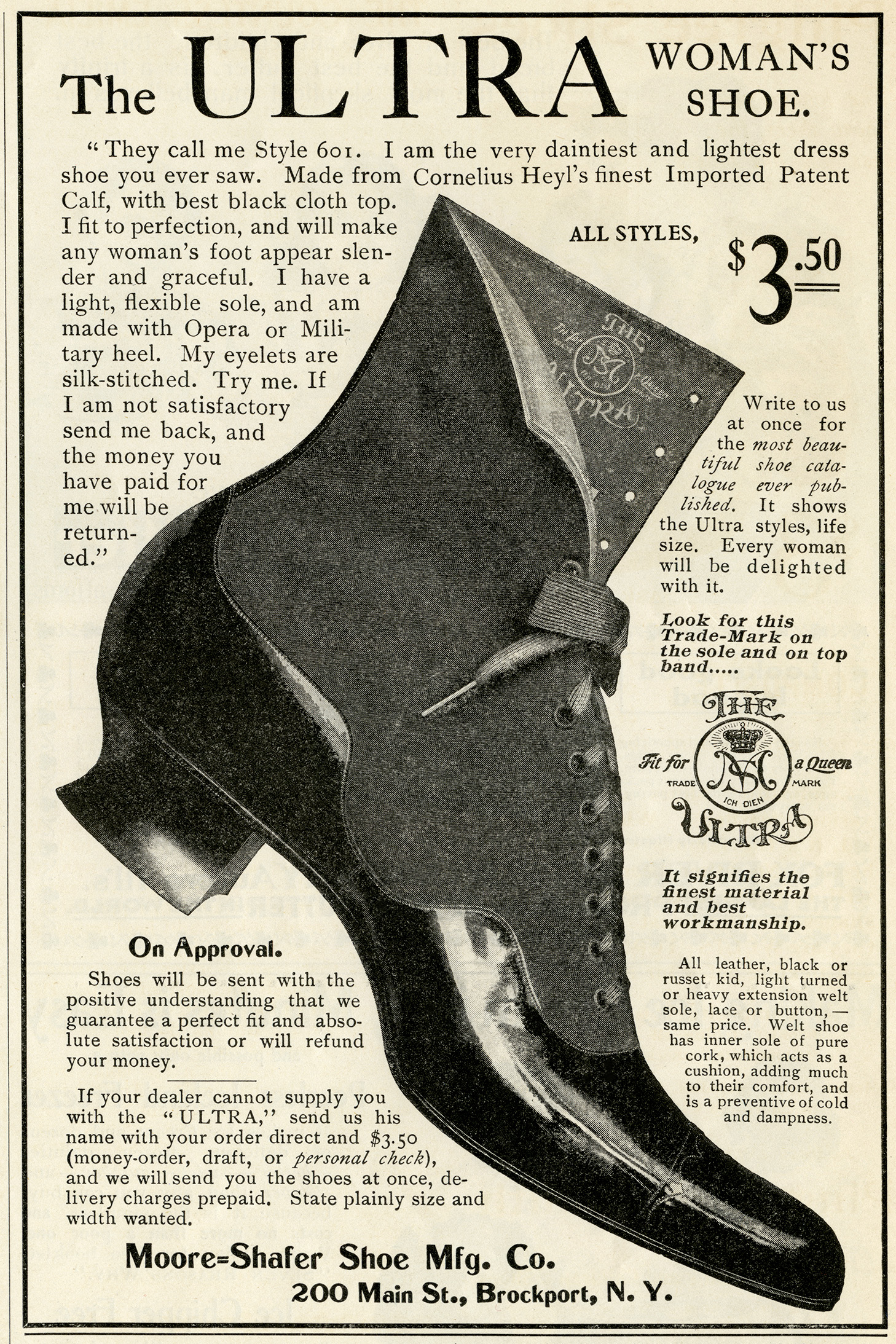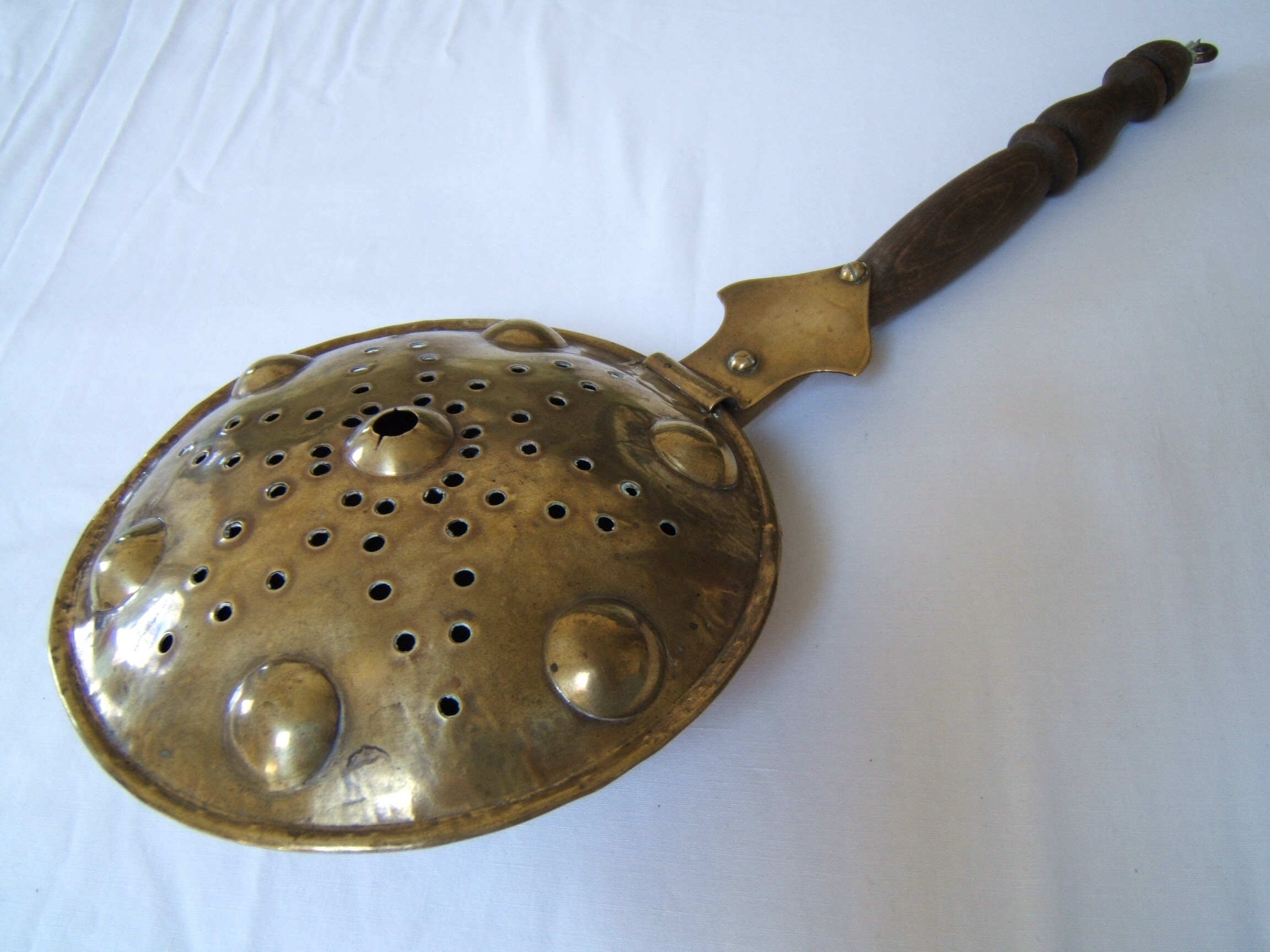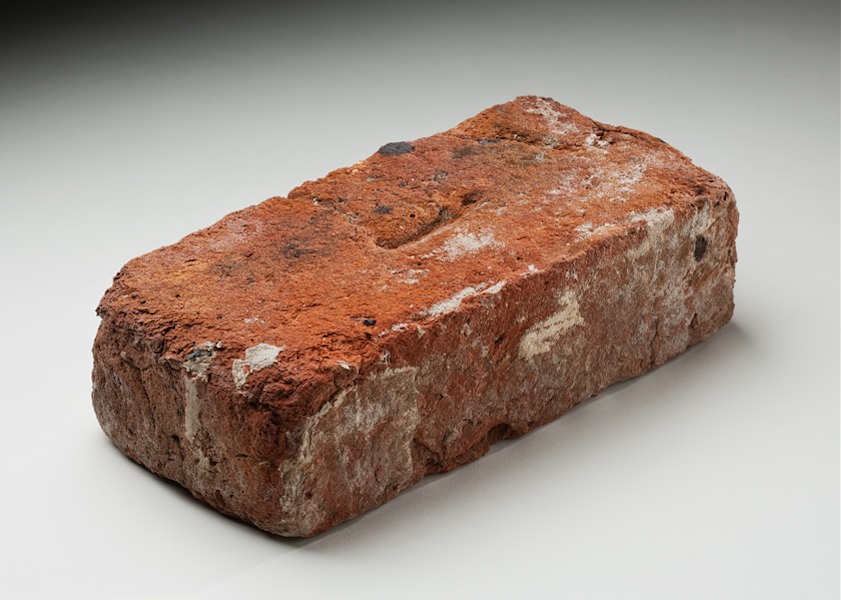Through the Grinder - A Recipe for Chicken Apple Sausage
(Vegetarian readers may want to try this recipe with firm, cooked beans such as Mayo Coba beans and an egg.)
If you have ever bought chicken sausage at a market, you may be surprised, if not shocked, by the price. The price for a 12 ounce package of chicken sausage links ranges from $4.50 to $9.50 or more. In addition to a steep price, the links are almost always stuffed into a "natural" casing, which is foodspeak for pig intestine - problematic for those of us who don't eat pork or other red meat. The choice is to ignore it, try to take the sausage out of the casing and deal with it that way, or pass it by altogether. In some brands, the ingredients contain "unpronounceables": preservatives and fillers galore.
Thankfully, the Victorians had a solution to this problem in the form of an everyday item that can be found in most antique stores at a very reasonable price: a meat grinder. I was delighted to find one the other day for $10.00 and snapped it up to add to my growing collection of working Victorian kitchen tools.
This is a Sargent Gem Food Chopper #20, patented April 26, 1899 and October 15, 1906. I think that the 1906 patent is for the clamp assembly since that patent stamp is right next to it on the body of the grinder.
If you want to buy one of these, I have some recommendations for you:
Try to buy one that has minimal or no rust.
Make sure it fits the grinder you are buying. The one I bought had extra blades, but I found that these were for a Universal brand grinder, so they were useless on mine. This
I disassembled the grinder and gave it a thorough washing, using a steel wool pad to remove the few rusty spots. Then I gave the whole thing a very light coating of vegetable oil to keep any additional rust off and wiped the excess away with a paper towel (the towel went into the fireplace rather than being thrown out).
There are two good reasons that you want to use a hand grinder rather than a food processor: (1) it uses no electricity and (2) if you try to grind your chicken using a food processor you will create a paste which will give your finished sausages the texture of sausage-flavored pancakes. The grinder will give you the "meaty" texture you are usually accustomed to.
The Recipe (makes 6 large or 8 small patties):
This recipe calls for one pound of boneless, skinless chicken thighs which you can find almost anywhere for about $2.00 per pound. If you want to bone your own, you can find it for even less. In that case, buy about 1 1/2 pounds to compensate for the lost weight due to the skin and bone which you will remove.
1 lb. boneless chicken thighs, cut in chunks
1 Tbsp. maple syrup
1 medium, sweet apple skinned, cored, and grated (I used Honeycrisp)
If necessary, drain off most of the excess juice.
1/4 tsp. garlic powder
1/2 tsp. salt
1/2 tsp. dried thyme (I used lemon thyme from our garden)
1/4 tsp. dried sage or more to your taste
1/4 tsp. poultry seasoning (Bells seasoning is ideal)
1/4 tsp. fresh grated pepper or to your taste (I have a three pepper blend I enjoy)
Preheat your oven to 425 F degrees (about 225 C). Line a rimmed baking sheet with parchment paper and set aside.
Clamp your grinder firmly to a sturdy surface. Place a shallow pan beneath the grinding opening (I used a pie dish).
In a medium bowl, mix the grated apple, maple syrup, salt, pepper, and herbs and set aside.
Rotating the grinder handle slowly, add your chicken chunks a few at a time, moving the ground meat to one side of the dish below the opening to allow for more meat to be ground.
Add the ground meat to the bowl with the apples and spices and stir until just combined. If the mixture appears to be a little sloppy, don't be concerned. The sausages will firm up nicely when cooked.
Using your hands, take a small handful of the sausage mixture, roll it into a ball, and place it on the baking sheet, patting it down to about 1/2 inch thick. Continue until there are six to eight patties on the baking sheet depending on the size you want. If you have any leftover sausage mixture, just dollop it onto any patties that seem a bit smaller than the rest to use up the remaining mixture, making sure to pat them down again to about 1/2 inch thick. You don't need to worry about spacing the patties far apart: they will shrink during cooking.
Bake patties for about 10 minutes then flip and bake another 5 minutes or so until cooked through. If your patties are thicker, burger-sized patties, they will take about twice as long. Patties will not be brown. Drain off any fat and set aside to cool. Refrigerate or freeze.
If you are cooking your patties in a wood cookstove like Milly here, remember to rotate your patties every so often and keep the oven door closed as much as possible to prevent heat loss.
To finish cooking the patties, put them into a frying pan and brown them, adding a little water to the bottom of the pan to heat them first before browning if they are frozen.
Remember to wash the grinder thoroughly after use with hot water, making sure that all bits of meat have been removed from the interior and exterior of the grinder. Do not put it into the dishwasher. These grinders weren't made for this, and they may rust. Dry all surfaces, then put a small bit of vegetable oil on a paper towel and cover all surfaces. Keep your grinder in a dry place in order to avoid rust.
This recipe is delicious, and the ingredients can be varied to suit your taste. Add a little red pepper flakes to give it a kick. Dump in some finely diced cranberries. Use a tart apple instead of a sweet one. Change the herbs to make them Italian or Mexican or whatever you like. Add finely chopped onion or chives. Enjoy your savings, and enjoy your sausage!



















































